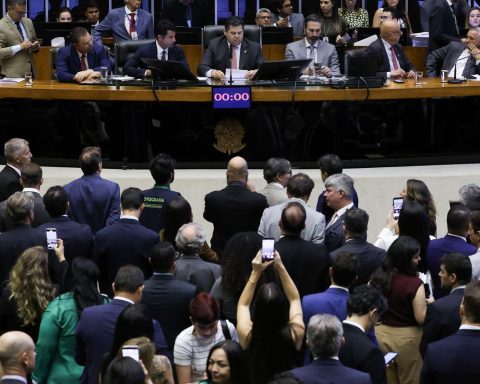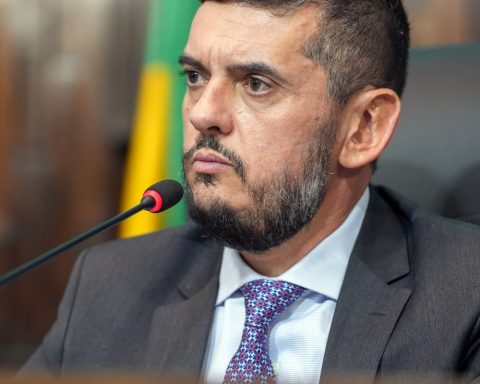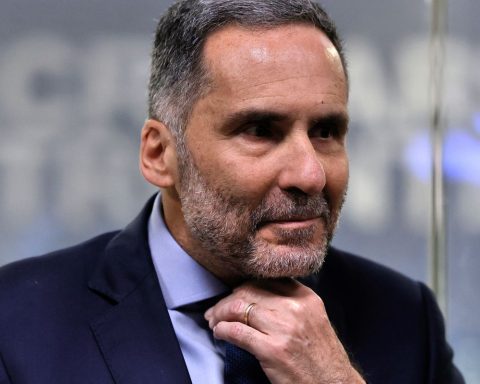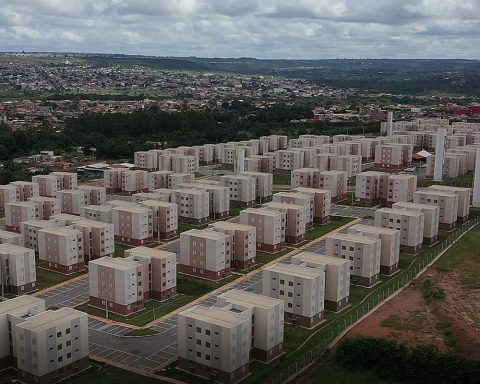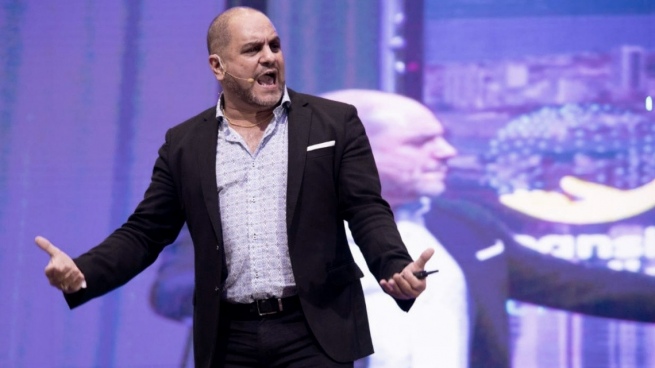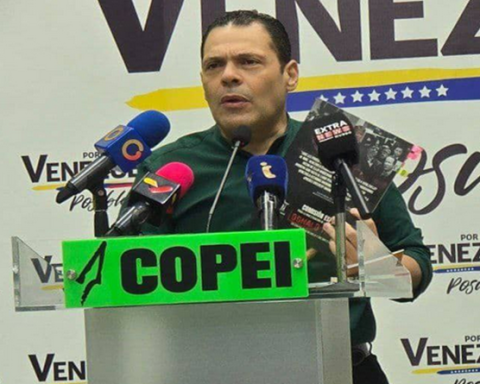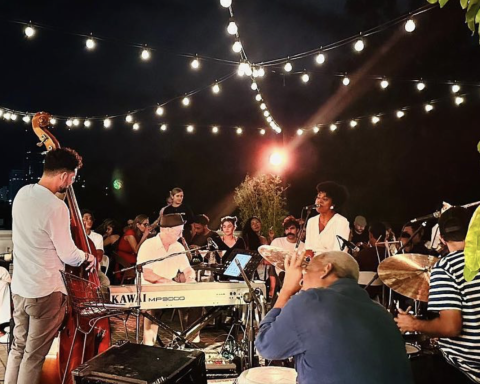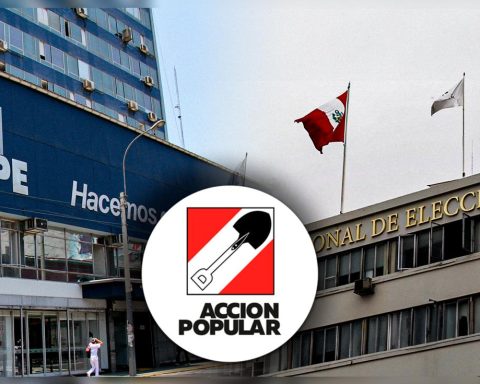The rise in input prices is what has most concerned construction businessmen. According to the Brazilian Chamber of Construction Industry (CBIC), the problem was mentioned by 46.7% of entrepreneurs in the sector, in the Economic Performance of the Construction Industry and Prospects, released today (25).
It is the highest percentage recorded since the first quarter of 2015. Also according to the survey, for seven consecutive quarters the high cost of inputs has been identified as the main problem in the sector.
Based on the National Construction Cost Index (INCC), the CBIC reported that inflation recorded for materials and equipment used by the sector was 51.21% between January 2020 and March 2022.
Among the significant variations highlighted by CBIC are electrical conductors (91.9%), PVC pipes and connections (91.8%), carbon steel rods and wires (81.5%) and PVC conduit (70 .8%).
GDP weight
The increase in spending ended up influencing the sector’s Gross Domestic Product (GDP), generating growth of 9.7% in 2021. According to Ieda Vasconcelos, an economist at CBIC, the variation in the civil construction GDP surprised in 2021, but this is due to to the comparison bases, since, in 2020, there was a decrease of 6.7% in this item.
“The projection for 2022 is for growth of 2.5%, but this is also due to the basis of comparison with the 9.7% of 2021. The problem is that, if we continue to grow 2.5% a year, only in 2033 we will reach the level of activity observed in 2014. [Mantendo este índice,] the sector will still work for 11 years below its peak of activity”, explained the economist.
Lower profitability
Ieda pointed out that, even with this growth, the sector lost participation in the national GDP, falling to 2.6% in 2021. “It’s the lowest level in history”, he explained.
To get an idea of how bad the current share of the civil construction sector in the national GDP is, the CBIC compares it with the peak years – between 2010 and 2014 – when the GDP was always above 6.2%, reaching to 6.5% in 2012.
The president of the CBIC, José Carlos Martins, explained this growth in the sector, which was accompanied by a loss of participation in the country’s GDP. “What grew was the added value, because it considered the increase in inputs. This ended up taking away the profitability of those who carry out the works. Therefore, the result did not remain with the sector, but with the suppliers”.
high interest
Another factor that has been a source of concern for businessmen in the sector is the high interest rates. “The concern with the high inputs shares space with the concern we have with the high interest rates”, said the president of the CBIC.
According to him, the concern with interest rates is the one that has gained the most strength, being cited among the main problems of civil construction by 26.7% of entrepreneurs in the sector in the first quarter of 2022.
“This is the highest level since the second quarter of 2017 (27.9%). In relation to the first three months of 2021, which was 11.6%, the high [dos juros] was 15.1 percentage points”, he detailed.
purchasing power
The rise in interest also hampers the purchasing power of families, which worries the CBIC. Therefore, the entity defends social programs aimed at simpler housing. “The Casa Verde e Amarela Program is what gives access to the first property of a family”, said José Carlos Martins.
“We need to rebuild the purchasing power of families. In addition, states that received less support from this program were the ones with the worst rates. Therefore, we need to keep in mind the aspect that fixing regional imbalances is very important”, he added, citing Pará, Maranhão, Tocantins, Amapá, Roraima, Rondônia, Acre, Piauí, Paraíba, Amazonas, Alagoas, Sergipe and Rio Grande do Norte. .
Another concern highlighted by the entrepreneurs consulted by the CBIC is the “lack or high cost of qualified workers”, cited by 18.2% of the survey participants, in addition to insufficient domestic demand, mentioned by 16.5% of the entrepreneurs.


